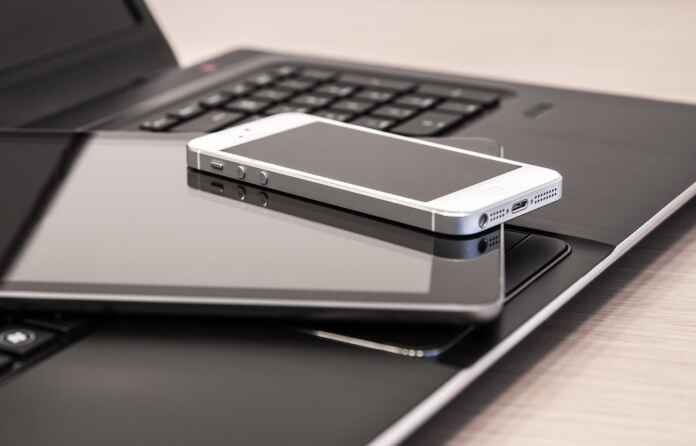What do you look for when you go out buying electronic gadgets? Well, a good deal would primarily include a longer lifespan, optimum performance, relatively lower price, and efficiency. And while looking for these, we end up overlooking refurbished gadgets. Don’t we? We all know that buying refurbished electronics can save us a lot of money. But, there is something about this word that confuses people. A ‘refurbished’ electronic is often misconceived as a rejected product that might be inferior to a new one or might not work correctly. However, that’s not true.
Myths VS Facts
With several jobs lost during the last two years, the pandemic has altered economic conditions for many. It has made it difficult for some people to maintain a particular lifestyle. People are re-adjusting their expenditure and choosing the refurbished route. But many are stuck between saving money and the urge to own a brand new device. Why? Because of the several misconceptions prevailing about refurbished electronic gadgets. Therefore, let’s bust some of the most common myths associated with the industry.
A refurbished gadget is the same as a used device
There’s a lot of difference between getting a used electronic and a refurbished one. Used items up for auctions or online sale might be cheaper, but they are usually sold without warranties and likely not tested. However, refurbished electronics come to the market after quality checks by engineers, part replacements (if any), applicable software upgrades, and repairs.
Several companies in the industry have come up with warranties for refurbished electronics, encouraging people to invest in the items. All refurbished mobile phones sold on Xtracover carry 12 months warranty and undergo a comprehensive 64 parameter quality check using the “XCQC” mobile diagnostic tool – which is quickly becoming the industry accepted standard of refurbished product certification.
Buying a refurbished product is buying what someone else rejected
It is natural to think that a refurbished device was once rejected by someone. However, not many people know that refurbished devices are mostly the ones that were either slightly damaged during shipping or exhibited in trade shows or retail outlets. Many of them are also returned by customers who changed their decision to purchase one.
Refurbished electronics are not in warranty
As mentioned earlier, several certified refurbishers provide a warranty of at least 90 days which can go up to a year for refurbished products. If the original manufacturer refurbishes the device, getting a longer warranty is more likely. However, it’s always better to ask the seller directly what kind of warranty he is offering. You also have the option to purchase an extended warranty that can be of up to three years. Xtracover offers 12 months of warranty on all refurbished mobile devices sold on its platform.
Refurbished devices have a shorter lifespan
Another common myth around refurbished products is that these devices have a shorter lifespan. But this isn’t true. Everything is a part of the refurbishment process, from fixing old/broken parts to upgrading the system. Therefore, refurbished products become as good as new ones and last as much as the latter can with good care. OEMs and other authorized refurbishers invest their money in repairing the device and reconditioning them to work for a longer lifespan.
Refurbished electronics run poorly
Refurbished products are fully tested for their speed and functionality. Therefore, it is unlikely that these devices will have such issues. If necessary, engineers upgrade the processors and increase the memory to make the devices run faster. Therefore, most refurbished items are as powerful as the new devices. . All refurbished mobile phones sold on Xtracover undergo a comprehensive 64 parameter quality check using the “XCQC” mobile diagnostic tool.
Conclusion
Besides being a relatively cheaper and low-risk investment, buying refurbished devices enables you to protect the environment. When refurbished, the lifespan of the electronic devices increases way more than what it was originally, keeping them from becoming waste for a much longer time. With the global e-waste expected to increase by 38% between 2020 and 2030, recycling/repairing electronic devices is the need of the hour for a better and cleaner future.
Attributed to Soumitra gupta, CEO of Xtracover

